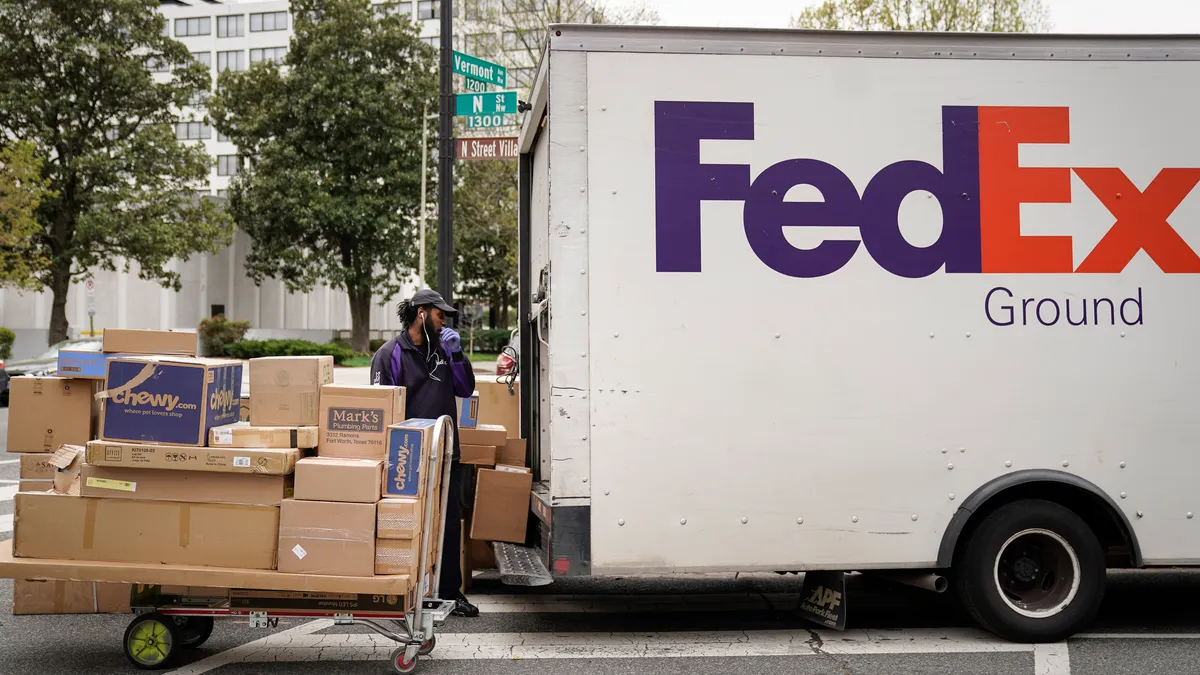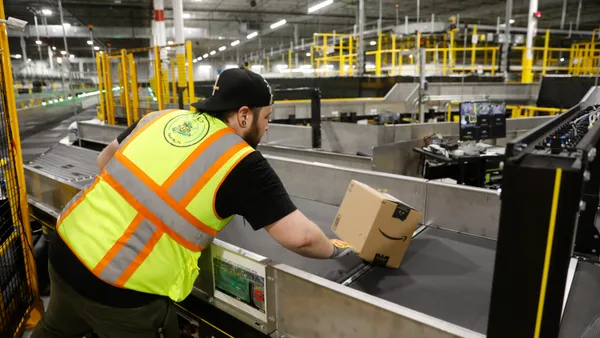Editor's Note: This article is the first in a series on the Amazon effect on logistics strategies. Click on each of the three numbered links below to learn about a different piece of the puzzle.
Retailers have a problem. The industry's business model has changed to absorb more costs while delivering a greater service, and profits are taking a hit. There is one primary actor to blame if recent supply chain conferences are any indication — Amazon.
"A wide variety of our [order] requests are made with very little warning and are expected to be fulfilled quickly, in small units, to a number of different locations," Jennifer Pazour, Assistant Professor of Industrial and Systems Engineering for Rensselaer Polytechnic Institute said at a WERC conference panel. "This is the Amazon effect. This is the idea that I want my stuff now and fast, and oh by the way I don't want to pay much for it."
The pressure to fulfill orders within days, or hours, is driving innovations in logistics — through last-mile delivery — and has even created new industry terms, such as omnichannel. Yet, the industry is still far from perfecting the challenge of e-commerce.
Part of the problem, according to Paul Minor, PETCO Animal Supplies' Vice President of Logistics, is that the industry is too focused on competing, and not enough on using the available tools to accelerate growth. "I think we have to get past the point of we have to do this just to stay competitive," he said at this year's RILA Retail Supply Chain Conference, during a keynote panel. "I think we have to do this to grow and thrive."
However, each new initiative can be complex and costly: Speedy delivery requires faster inventory turn-times; and an expanded logistics network requires higher levels of safety stock at more distribution centers. "I think this is an interesting and fun time to be in logistics, but it's definitely a disrupting time," Pazour said.
In turn, the logistics manager may benefit from considering the various ways the Amazon effect is changing supply chains. As a start, Supply Chain Dive put together three stories that highlight these shifts and how some retailers are addressing the new challenges:
-
The real cost of e-commerce logistics
Two-day delivery and free shipping may be the new norm, but it's hardly a minor cost for retailers. Read More >>
-
How package fulfillment impacts supply chain costs
Companies are experimenting with ways to lower supply chain costs. Read More >>
-
Expanding the logistics network
Retailers are changing their logistics distribution networks to support two-day delivery and free shipping. Read More >>















